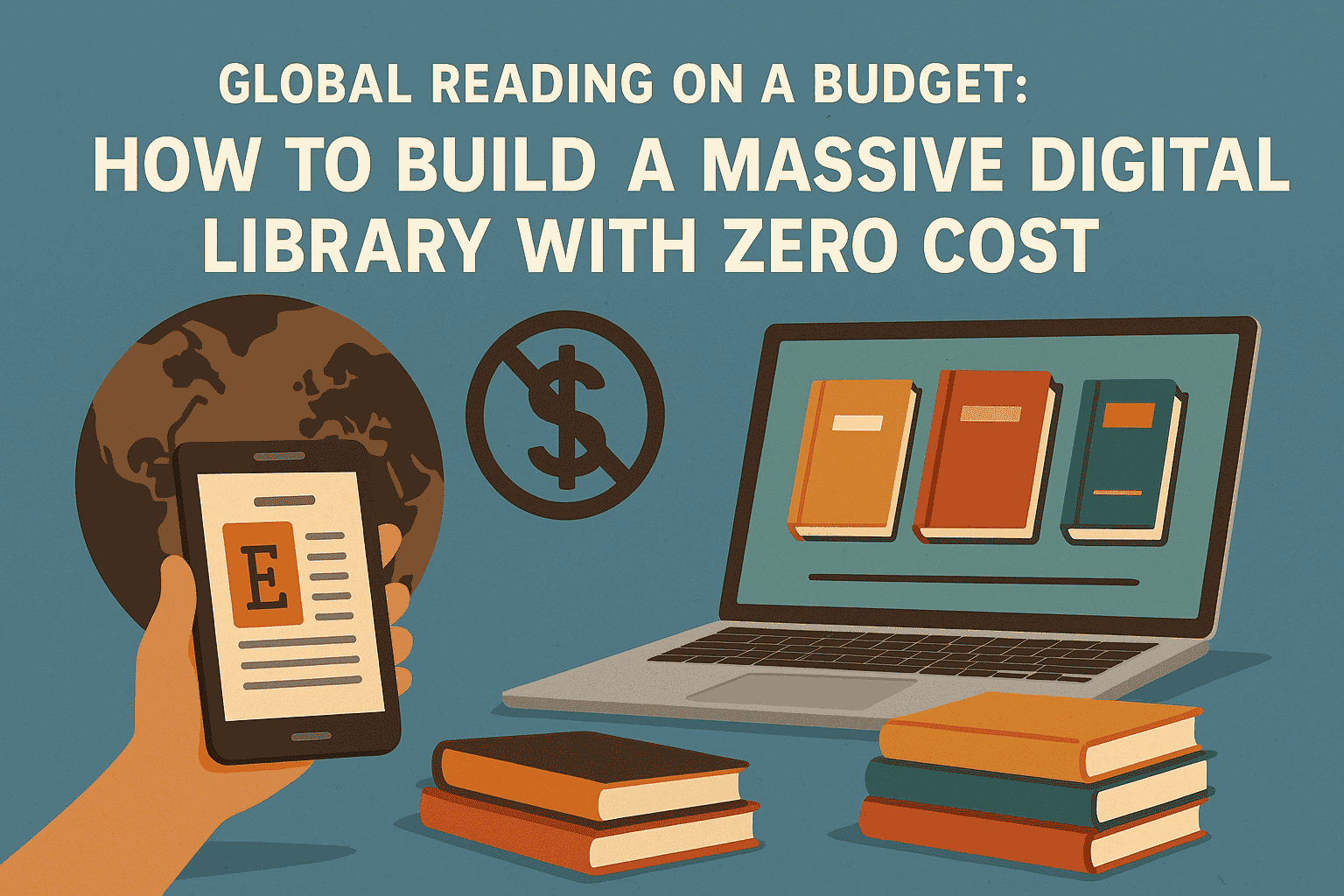When Fiction Meets Finance: Literary Takes on Wall Street and Big Money
Money is power. And few places symbolize that power more vividly than Wall Street. With its dizzying highs and catastrophic lows, the world of finance has always been fertile ground for fiction writers looking to explore ambition, greed, corruption, and collapse.
When fiction meets finance, the results are often gripping tales that mirror real-world excesses, question moral boundaries, and humanize the individuals behind billion-dollar decisions.
From high-stakes trading floors to insider scandals, novels about finance often straddle the line between thriller and social commentary. In this article, we explore how literature has portrayed Wall Street and big money—not just as settings, but as systems that define lives, cultures, and entire nations.
Wall Street as Modern-Day Battlefield
Wall Street has frequently been depicted as a war zone—cutthroat, chaotic, and merciless. Fiction captures the aggressive competitiveness of finance, where fortunes are made and lost in minutes.
One of the most iconic portrayals is Tom Wolfe’s The Bonfire of the Vanities, a biting satire that exposes the moral decay of 1980s New York. The protagonist, Sherman McCoy, a self-described “Master of the Universe,” unravels after a fateful wrong turn in the Bronx leads to legal and social ruin. Wolfe’s depiction of Wall Street excess, racial tension, and media sensationalism paints a damning picture of a society obsessed with wealth and status.
Similarly, in American Psycho by Bret Easton Ellis, Wall Street serves as both backdrop and metaphor. The protagonist, Patrick Bateman, is a wealthy investment banker who moonlights as a serial killer. The novel is less about literal finance and more about the dehumanizing effects of unregulated capitalism and hyper-materialism, where identity and empathy are eroded by the relentless pursuit of money.
The Trader Archetype: Ego, Risk, and Collapse
Many finance-centered novels center on the trader—the risk-taker whose decisions affect millions. These characters are often brilliant, deeply flawed, and addicted to the thrill of the market.
Michael Lewis’s Liar’s Poker (though nonfiction, it reads like a novel) is foundational in establishing the lore of Wall Street traders. Lewis recounts his time at Salomon Brothers in the 1980s, introducing characters so absurd and aggressive that they feel fictional. The narrative captures the reckless culture that preceded the 2008 financial crisis.
In the realm of fiction, Frank Partnoy’s F.I.A.S.C.O.: Blood in the Water on Wall Street is similarly compelling. It fictionalizes derivatives trading with razor-sharp wit and moral unease. Partnoy explores how complexity in finance can become a weapon—used to obfuscate risk and manipulate clients.
More recently, Cristina Alger’s The Darlings combines domestic drama with high finance, centering on a Manhattan family entangled in a hedge fund scandal. Alger, a former attorney at Goldman Sachs, uses her insider knowledge to deliver a chillingly accurate depiction of wealth, scandal, and betrayal.
Finance as a Mirror for Morality
What makes finance fiction compelling isn’t just the numbers—it’s the ethical dilemmas. Many novels use finance as a vehicle to explore questions of responsibility, guilt, and justice.
In The Financial Lives of the Poets by Jess Walter, a former journalist-turned-financial blogger faces bankruptcy, a crumbling marriage, and a series of misadventures in his attempt to salvage his life. It’s a humorous yet heartbreaking exploration of middle-class financial despair in post-recession America.
Other People’s Money by Justin Cartwright paints a more subdued but equally powerful portrait of a family-run investment house in London under threat from both scandal and generational change. The novel humanizes the world of finance, showing not just greed, but duty, shame, and tradition.
These works reflect a growing literary interest in the moral fallout of financial decision-making. They ask: What happens when ethics and earnings collide? Who bears the burden of failure? And can redemption exist in a system built on profit?
Financial Crises as Literary Turning Points
Major economic crashes often serve as the backdrop or catalyst for fiction. The 2008 financial crisis, in particular, inspired a wave of literature examining its causes and consequences.
Union Atlantic by Adam Haslett dives deep into the deregulated banking culture that preceded the crash. It follows a banker whose reckless behavior sparks a legal and moral battle with a retired schoolteacher. The novel blends high finance with American idealism, exposing how systemic greed threatens civic life.
Capital by John Lanchester takes a broader view, focusing on a gentrifying London neighborhood whose residents are swept up in the global financial crisis. While not set inside a bank, the novel brilliantly illustrates how macroeconomic forces penetrate everyday life—altering relationships, dreams, and communities.
These novels show how economic events ripple beyond balance sheets, shaping personal destinies and national narratives.
The Role of Women in Finance Fiction
The finance world, long dominated by men, is also being reimagined through female perspectives in contemporary fiction.
In Opening Belle by Maureen Sherry, a successful female executive at a leading investment bank juggles a demanding job, family life, and entrenched sexism. Based on Sherry’s own experience on Wall Street, the novel offers an eye-opening portrayal of gender politics and work-life balance in high finance.
Similarly, in The Banker’s Wife by Cristina Alger, the sudden death of a man in a plane crash unravels a mystery that spans Swiss bank accounts and international money laundering. The novel combines thriller elements with a look at how financial systems are used to obscure crime—and how women can uncover the truth behind the suits and spreadsheets.
These stories not only expand the genre but also challenge the traditional narratives that have dominated financial fiction for decades.
The Language of Finance as Literary Device
Finance novels often use the jargon of the trade—derivatives, CDOs, risk spreads—not just as setting but as a form of character expression. Writers leverage this language to emphasize alienation, deception, or intellectual prowess.
In Then We Came to the End by Joshua Ferris, the office environment—though not strictly finance—is characterized by a corporate tone that masks insecurity and stagnation. The language becomes a tool of satire, capturing the absurdity of white-collar life.
Boomer1 by Daniel Torday goes further, chronicling a generational rebellion against the economic gatekeeping of the Baby Boomers. The protagonist’s manifesto-like videos are steeped in the language of economic disillusionment, media spectacle, and cultural resentment.
Finance becomes a dialect—of detachment, of manipulation, of resistance.
Conclusion: The Literary Value of Money
Novels about Wall Street and big money are more than cautionary tales or financial thrillers. They are reflections of our values—stories about what society rewards, what it punishes, and what it pretends not to see. They explore the human costs of capitalism, the psychology of success, and the ever-blurring line between ambition and avarice.
In these pages, numbers take on meaning far beyond profits. They represent security, ego, failure, and the complex web of relationships we build around wealth. As fiction continues to engage with finance, it invites us to not only understand money—but to question what it does to us.
Whether you’re an aspiring banker, a financial skeptic, or just someone curious about the worlds behind the headlines, the literature of Wall Street offers not just entertainment, but insight. These stories teach us that in finance, as in fiction, it’s not just about the balance—it’s about the story behind the numbers.






